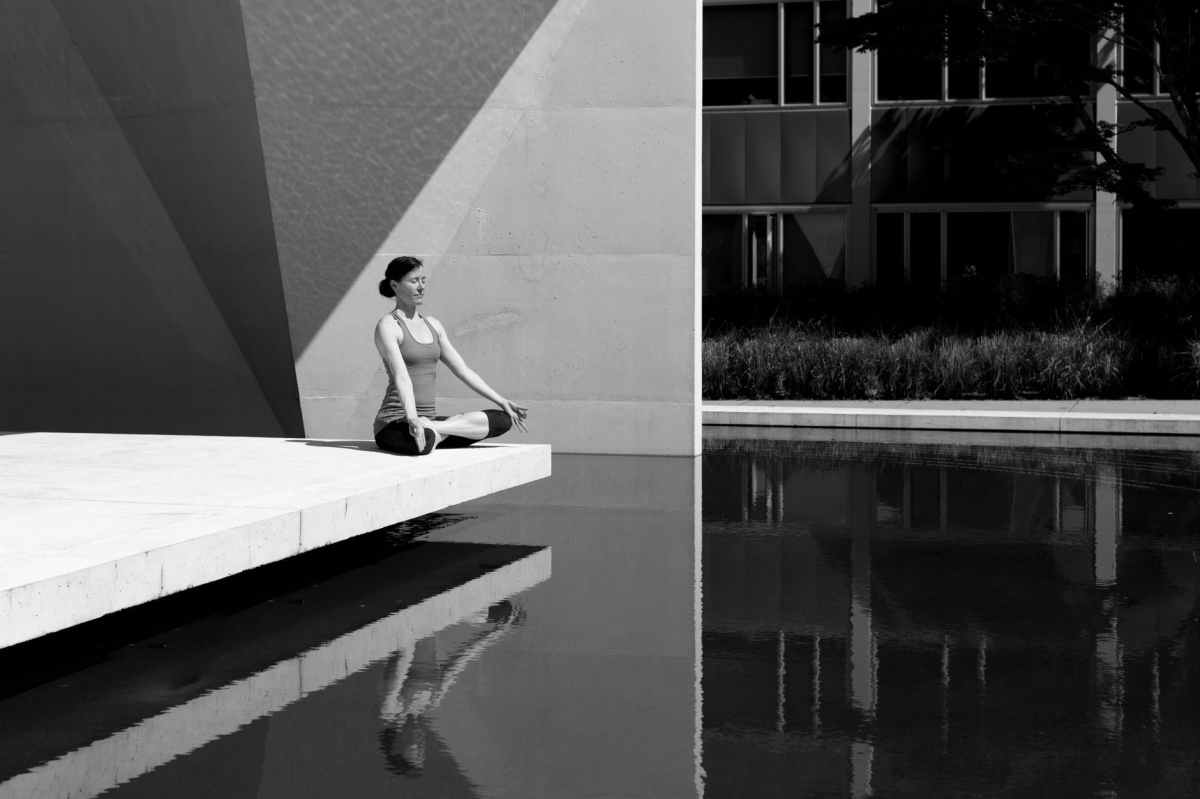This article is all about Visualisation Meditation – part one of a series called “How to find inner peace with meditation”.
Meditation is like magic. Like day-dreaming but with someone who guides you. Especially if you are a visual person, visualisation meditation is the one for you.
theellyblog
What Science says
Science prove that meditation has many health benefits including: relief of anxiety and depression symptoms, improved relaxation, improved ability to cope with stress, increased self-confidence and overall greater emotional and physical wellness.
My experience with meditation
My first time meditating was quite intense. I was anxious for a while, my mental health went down weeks ago and I wanted to try something new. To remind myself that I was in control of my life. I always wanted to try out meditating, but never did cause it felt scary to be alone with my own thoughts. Especially with my negative ones. But on that day I did it. I search on youtube “meditation” and soon I clicked on a video. I closed my eyes, at first I felt very uncomfortable. But as I was focusing more and more on my breathing, it got better. In the end, as I was opening my eyes, I felt such a relieve. I felt so calm.
I started to research what types of meditation exist. I found out about visualisation meditation.
What is Visualisation?
Visualization, on its own, involves picturing in your mind the outcome of something before it’s happening, whether that’s a task or a opportunity at hand – such as getting on stage to speak before a large audience – or a sport about to be played.
headspace
It is time to trick your own mind! To all people who feel anxious (including me), we get to fight back now with the help of visualisation meditation. What do I mean by that? When I am very anxious, I am not living in the moment, my mind tells me what horrible things are out there in the world waiting for me or the worst thing that can possibly happen when I do x or y. I imagine all these things.
Now – what visualisation meditation makes so much fun is, while you are meditating your guide tells you what you should visualise. And that is all the good shit. So I would argue if you tend to overthink, tend to be anxious and tend to visualise something before it actually happens: please try out visualisation meditation.
The Different Techniques
There are many different Visualisation Techniques:
- Color Breathing: Imagination of the desired colour to washing over your body while breathing
- Loving-kindess Meditation: Picturing a person you love (could also be a pet) and focusing on sending feelings like peace, calm, joy or healing to them
- Progressive Muscle Relaxation: Tensing and then relaxing a group of muscles
- Guided Imagery: Visualizing a place where you feel content and calm
- Goals Visualization: Imagining yourself succeeding a goal
How to Meditate:
Find yourself in a comfortable position, whether it is laying down or sitting on a matt. Turn down any noises, make sure you are in a quiet place. And if this is not possible: take your headphones in and forget about the world. Also I really really would recommend to just look up visualisation meditation on youtube and then pick out one. Then just start.
Here is one of my fav’s:
Happy Meditation!
Sources:
https://www.headspace.com/meditation/visualization
https://www.healthline.com/health/visualization-meditation
Picture above by Pexels



